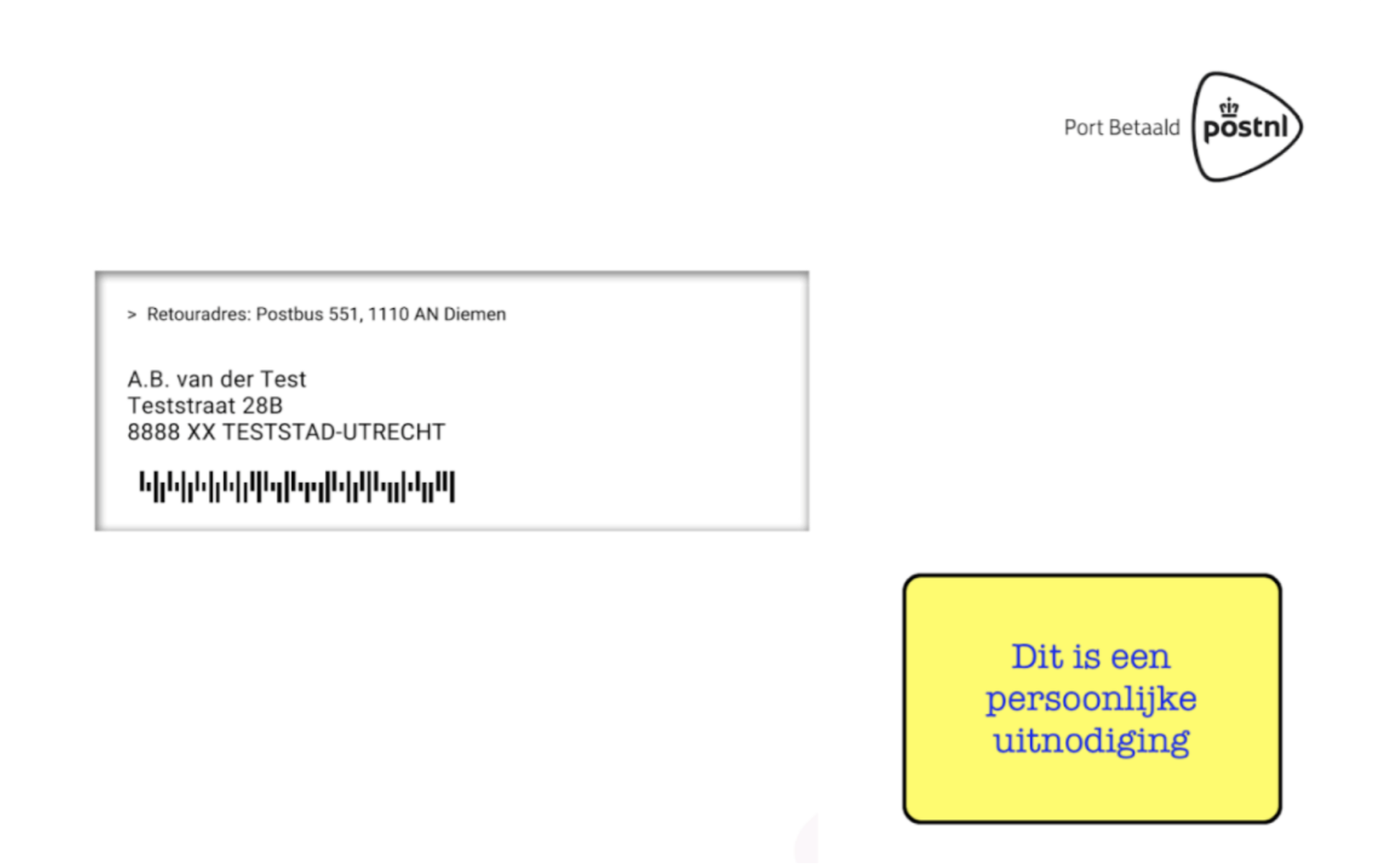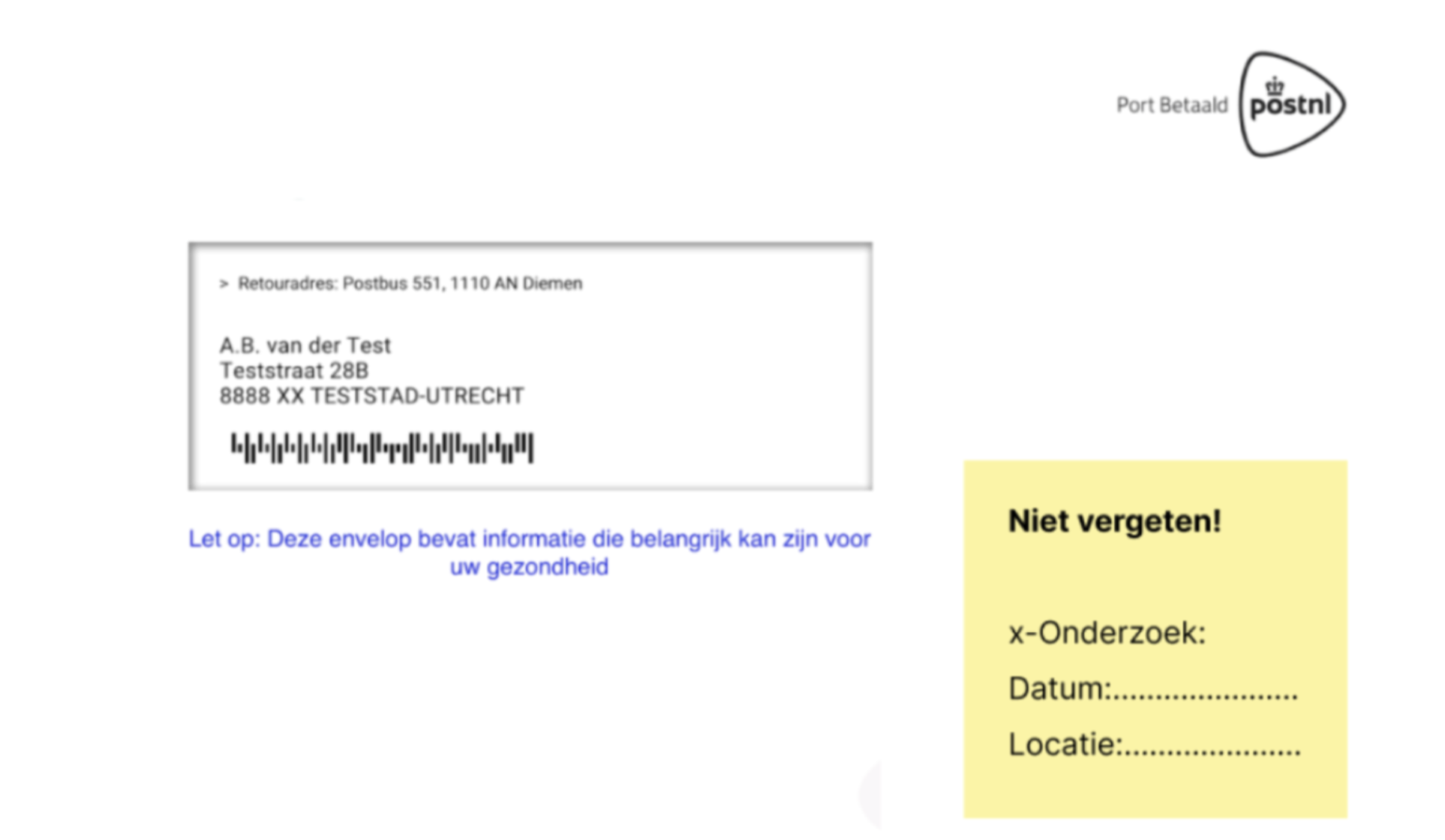Accessibility of Cancer Screenings
Enhancing Accessibility of Cancer Screenings for People with Limited Health Literacy
Dutch Cancer Screenings Accessibility
The Centre for Population Screening under the National Institute for Public Health and the Environment (RIVM-CvB) is tasked with steering and coordinating government-offered population screenings. The primary objective of these screenings is to detect serious diseases early, thus mitigating the risk of fatality. At its core, the approach involves empowering individuals to make informed decisions about their participation in these screenings.
However, recent findings highlight that 24.5% of the Dutch populace exhibits inadequate or restricted health literacy. This demographic often struggles to comprehend and leverage health-related information, an issue that potentially restricts their ability to make informed decisions about their participation in population screenings.
Given the crucial role of these screenings in the early detection of diseases such as cervical cancer, breast cancer, and colon cancer, it becomes imperative to provide effective support to this group, thus enabling them to make informed decisions about participation.


“It was a pleasure to collaborate with Neurofied during our project. Over the past months, the team developed a range of behavioral interventions, providing valuable insights for our project. Throughout the entire process, the team committed themselves fully to better understanding our work and our target audience. The result was a comprehensive document filled with a range of nudge interventions that we can now start to utilize.
What made our collaboration with Neurofied positive was their substantial expertise in the field, their quick adaptability, and their flexibility. Their positive attitude throughout the entire process was greatly appreciated. Moreover, we valued their willingness to contribute, even beyond the immediate scope of the project.“
– Karin Honig (Program Manager at RIVM-CvB)

Situation
Understanding this crucial requirement, RIVM-CvB initiated a collaboration with Neurofied. The aim was to identify the obstacles to informed decision-making faced by individuals with limited health literacy and develop practical behavior interventions to assist them in making informed decisions about participating in the three population screenings.
Over a period of four months, the Neurofied team worked closely with RIVM-CvB, leading to the development of numerous concrete behavioral interventions that can be potentially implemented. These interventions ranged from simple nudges in the invitation letter to complex system interventions in the population screenings for breast cancer, cervical cancer, and colon cancer.
Approach
1. Building a Strong Foundation: Literature Review
To lay a solid groundwork for our approach, we conducted a literature review alongside the RIVM-CvB project group. We studied the scientific literature to identify the barriers, facilitators, and the efficacy of behavior interventions in the decision-making process concerning participation in population screenings. This analysis formed the bedrock of our subsequent steps.
2. Analysis and Categorization using COM-B Methodology
Using insights from the literature review, we analyzed and categorized the barriers and facilitators using the COM-B methodology (Capability, Opportunity, Motivation – Behavior). This structured framework enabled us to identify the root causes of the difficulties experienced by our target group in making informed decisions. By understanding the different aspects of the decision-making process, we could develop more targeted interventions to assist our target audience.
3. Decision-making Process and Behavioral Strategies
We identified the barriers and facilitators at each stage of the decision-making process. With this information, we developed targeted behavioral strategies to assist and enhance the decision-making of the target audience. Several strategies were created, such as clarifying complex medical terms, emphasizing the benefits of participating in population screenings, and offering personal guidance during the decision-making process.
4. Development of Behavioral Interventions
Based on the behavioral strategies developed, we designed numerous concrete interventions targeted at specific barriers and facilitators encountered by the target audience when deciding whether to participate in population screenings. These interventions encompassed both simple nudges and more complex system interventions. Examples include using visual aids to emphasize the relevance of population screenings, providing timely reminders, and simplifying the structure and content of brochures and invitation letters.
5. Prioritizing and Adjusting Intervention Proposals
The intervention proposals were prioritized and modified based on feedback from the project group and steering committee, composed of communication advisors, project managers, researchers, and program coordinators from the various population screenings. This process allowed us to offer effective and feasible proposals tailored to the specific needs and abilities of the target audience. This collaboration ensured broad acceptance of the proposed interventions and a shared vision of improving informed decision-making among individuals with low health literacy.
6. Elaboration and Justification of Intervention Proposals
Finally, the intervention proposals were further detailed and provided with clear implementation steps. They were justified based on the applied behavioral change techniques and supporting empirical research, culminating in a comprehensive plan for implementing the interventions and improving informed decision-making among individuals with low health literacy. The plan included both short and long-term objectives and recommendations for future evaluation and adjustments of the interventions.


Results and Next Steps
The collaboration between Neurofied and RIVM-CvB resulted in a series of behavioral interventions designed to assist individuals with low health literacy in making informed decisions about participation in population screenings. While these interventions have not yet been implemented in practice, they represent a significant stride towards enhancing health communication for this demographic. The next step involves testing and validating the potentially most successful interventions within the target group, prior to possible implementation.
This project underscores the efficacy of a behavioral scientific approach in addressing complex challenges in the healthcare domain. Through intensive collaboration and by combining scientific insights with practical experience, we worked alongside RIVM-CvB to develop a suite of behavioral interventions. These interventions have been designed with the potential to improve offerings for individuals with low health literacy in the future.
